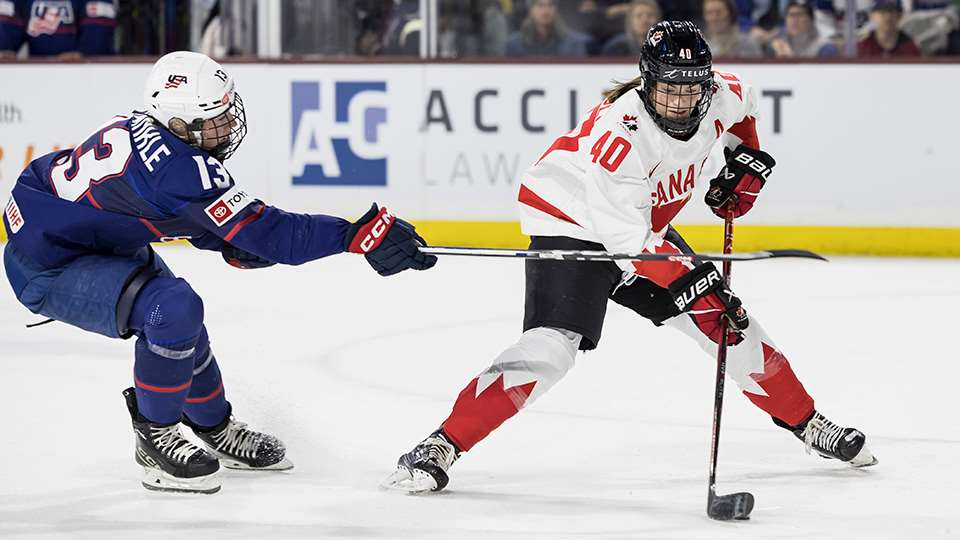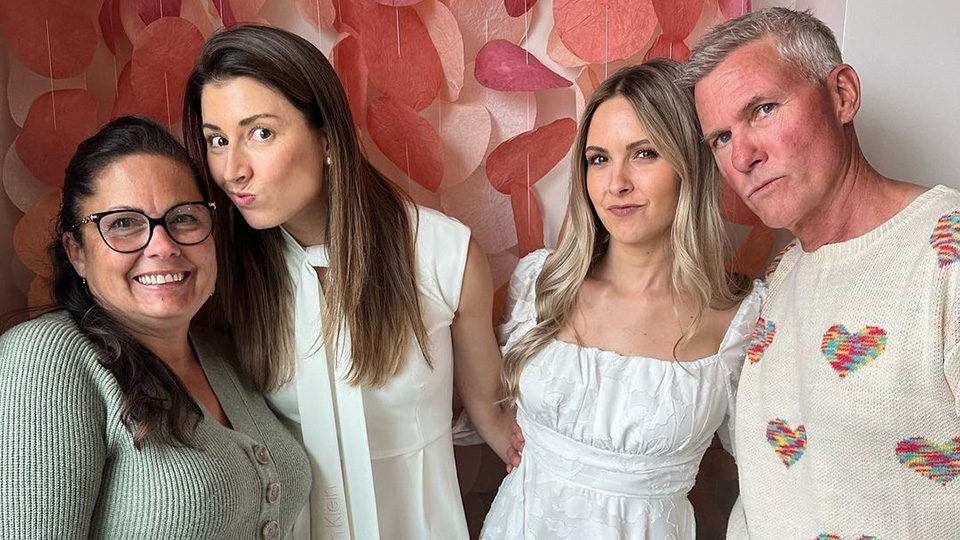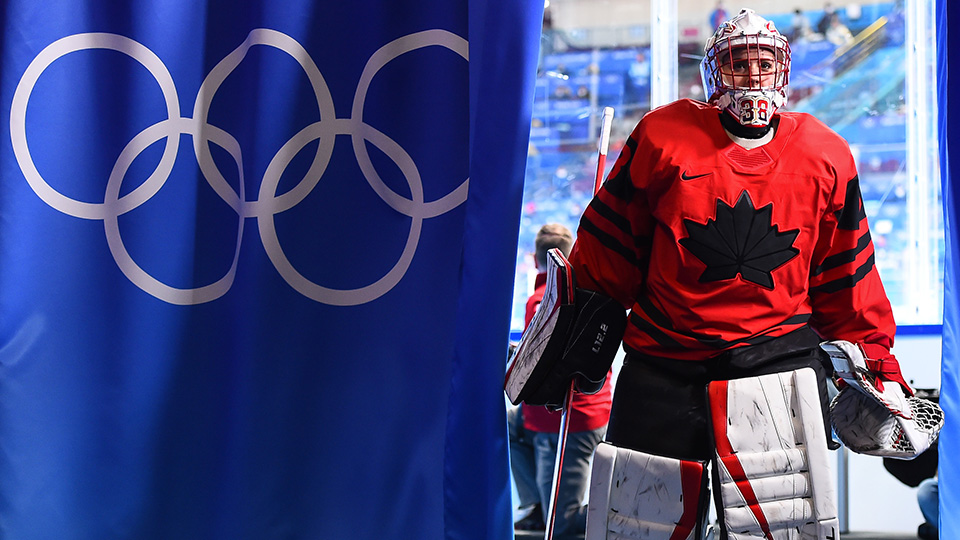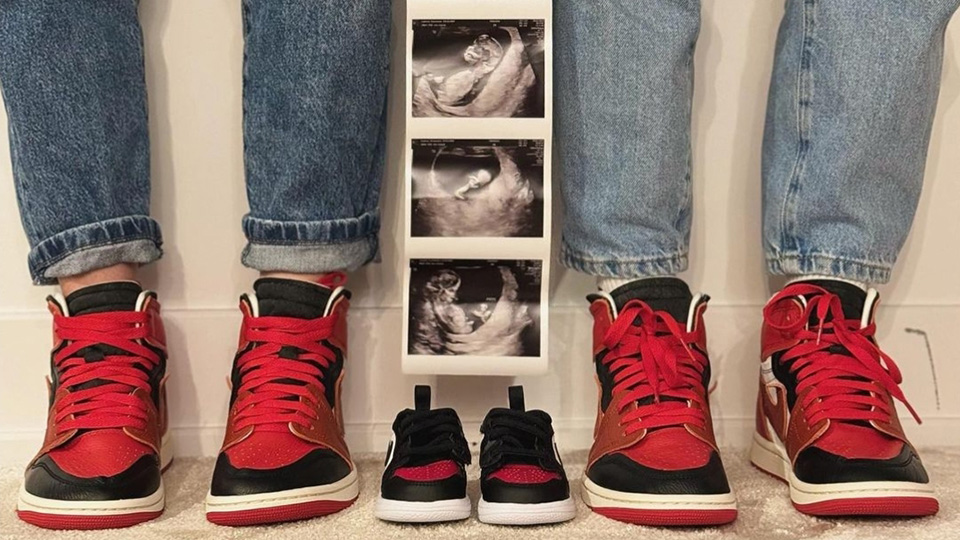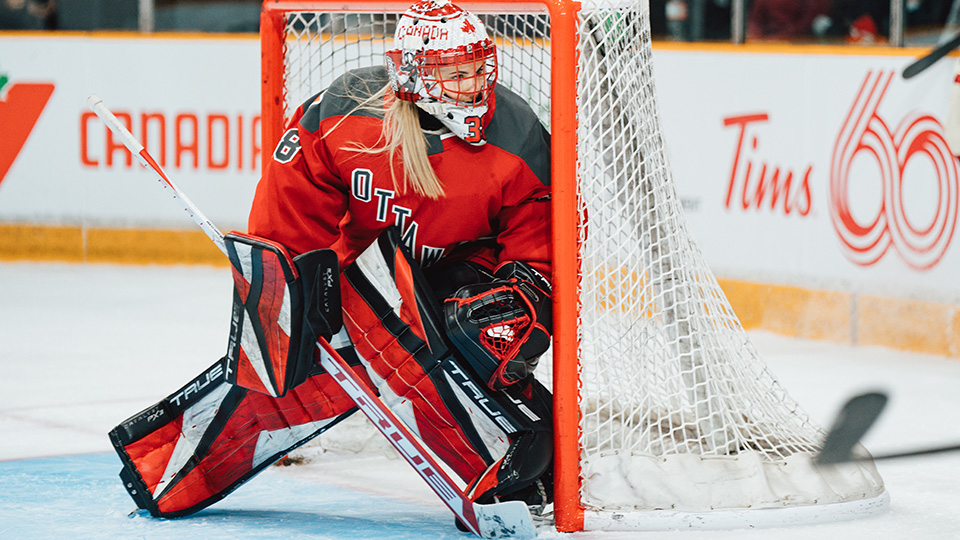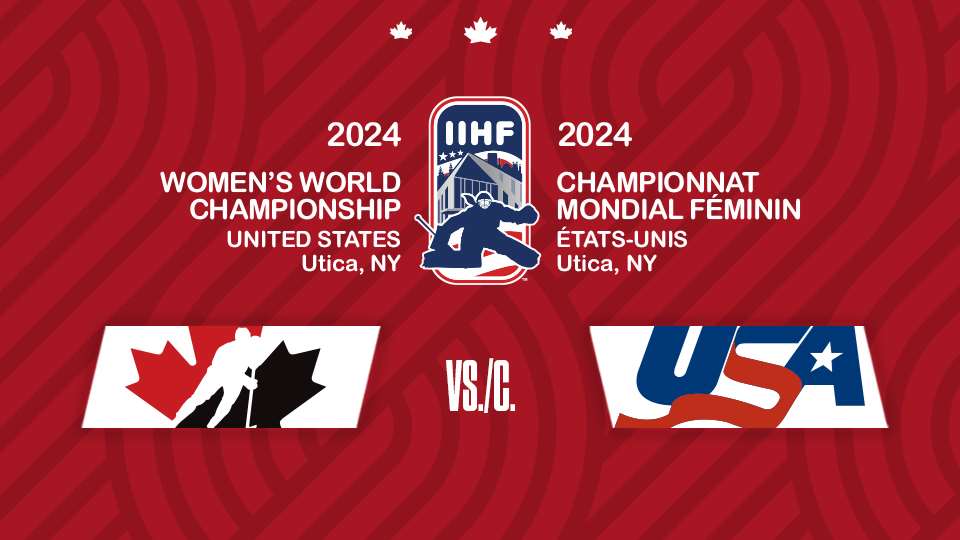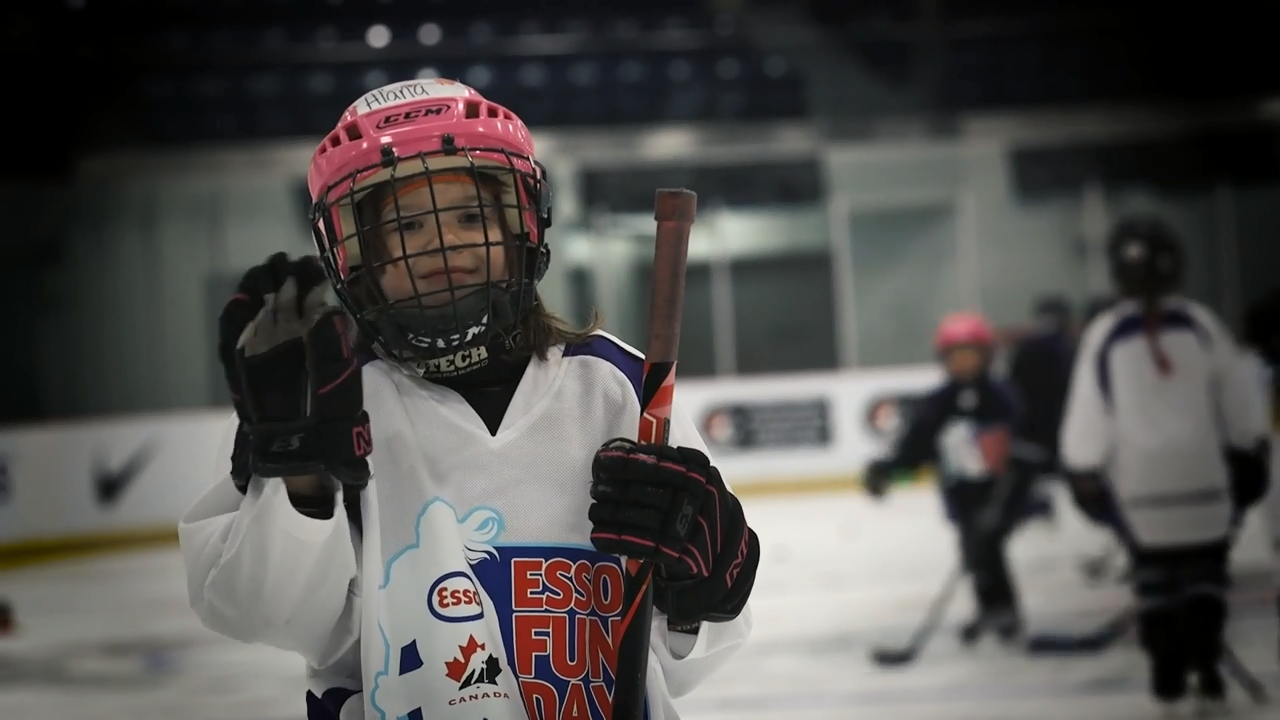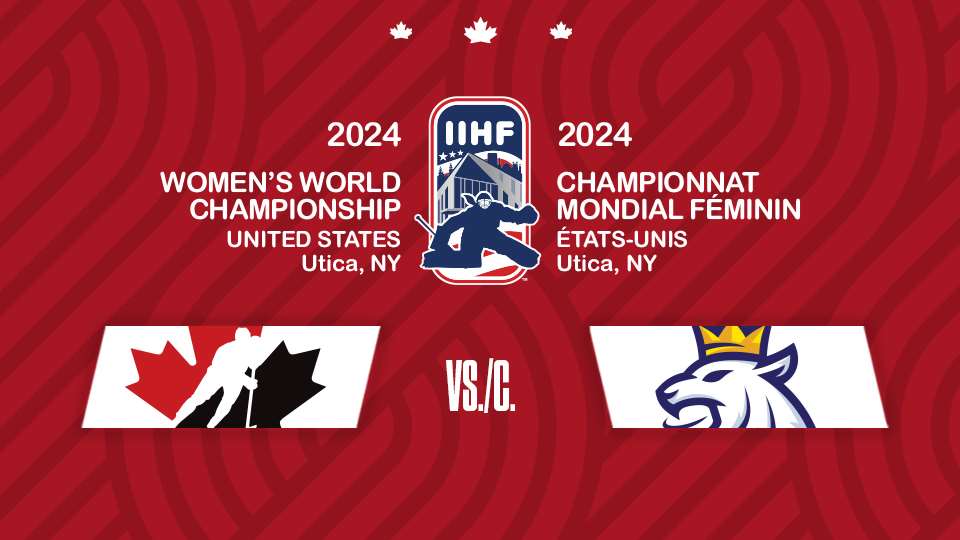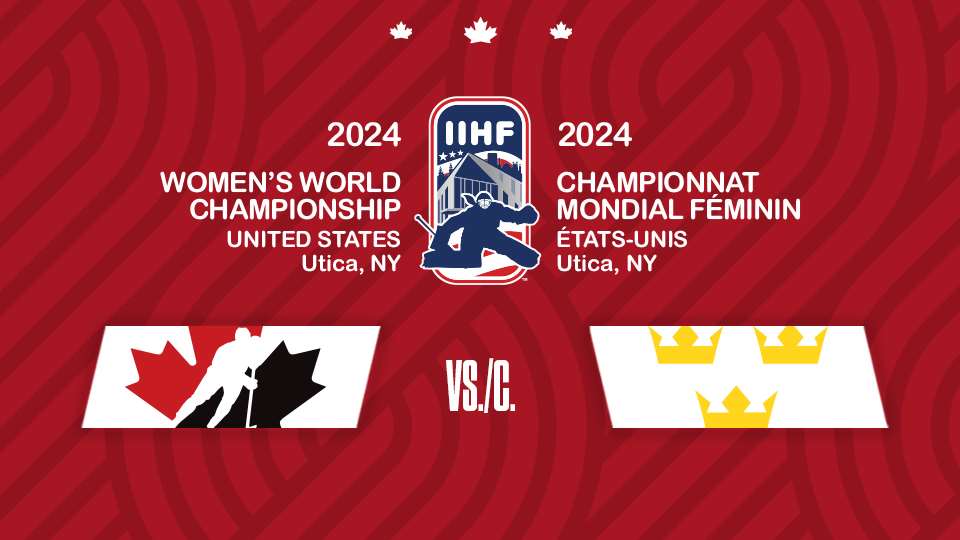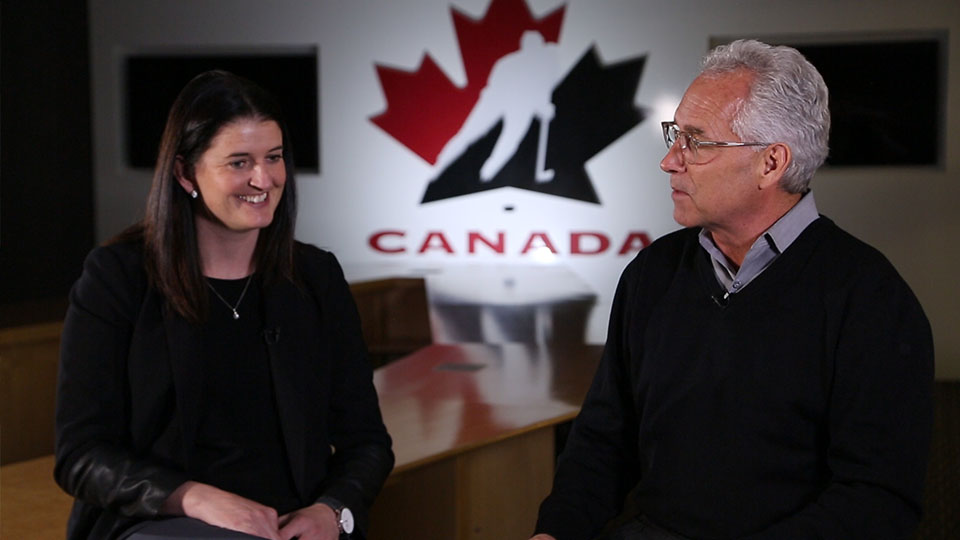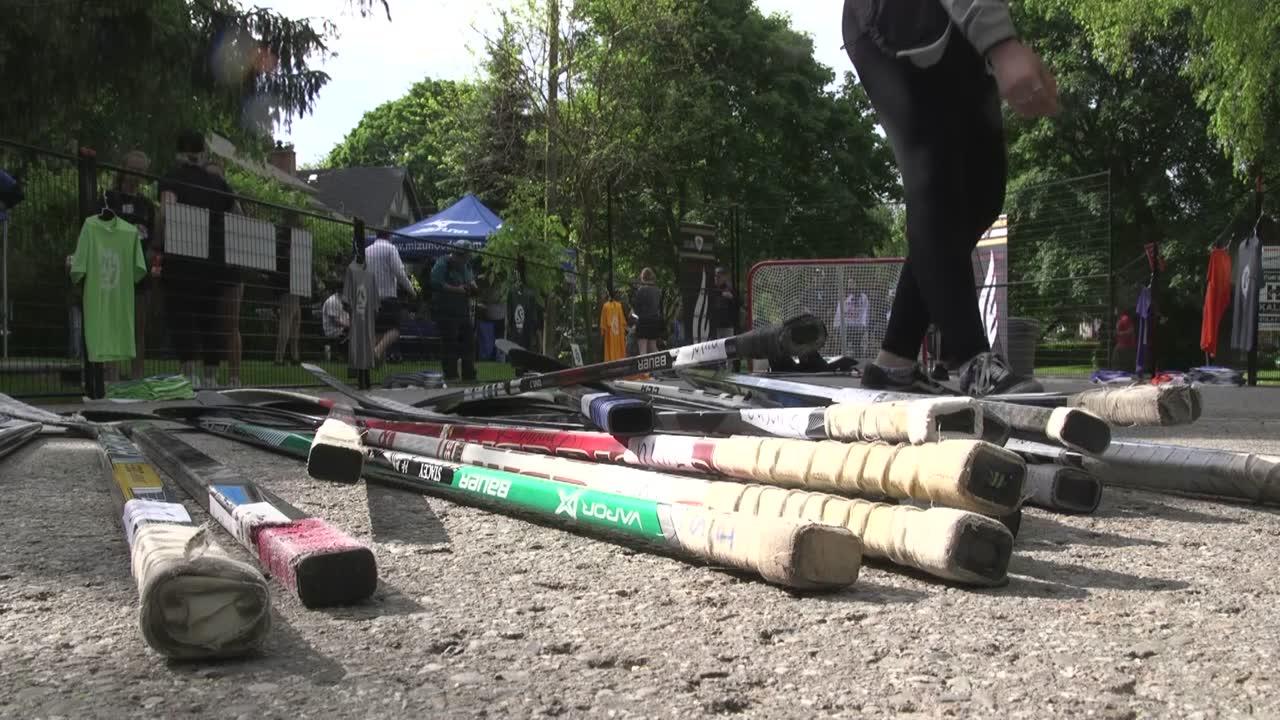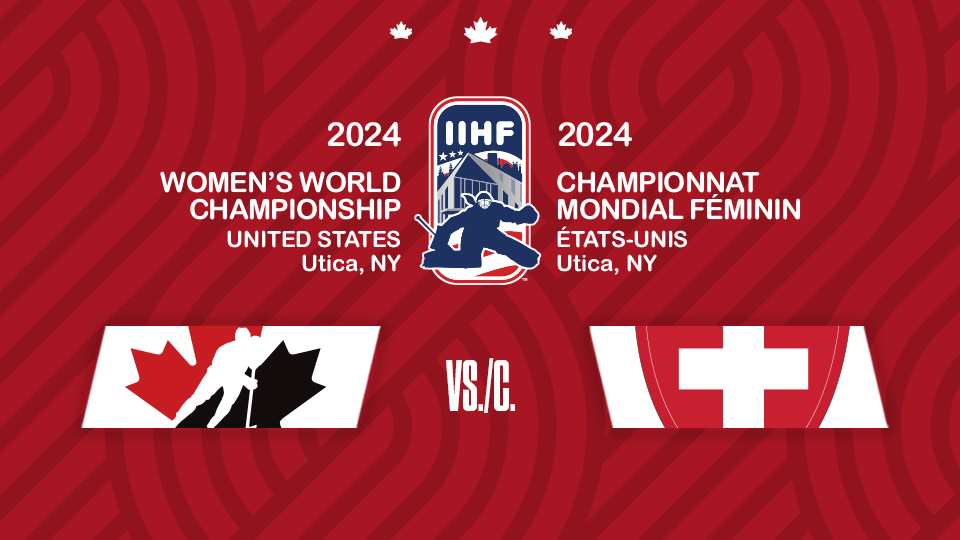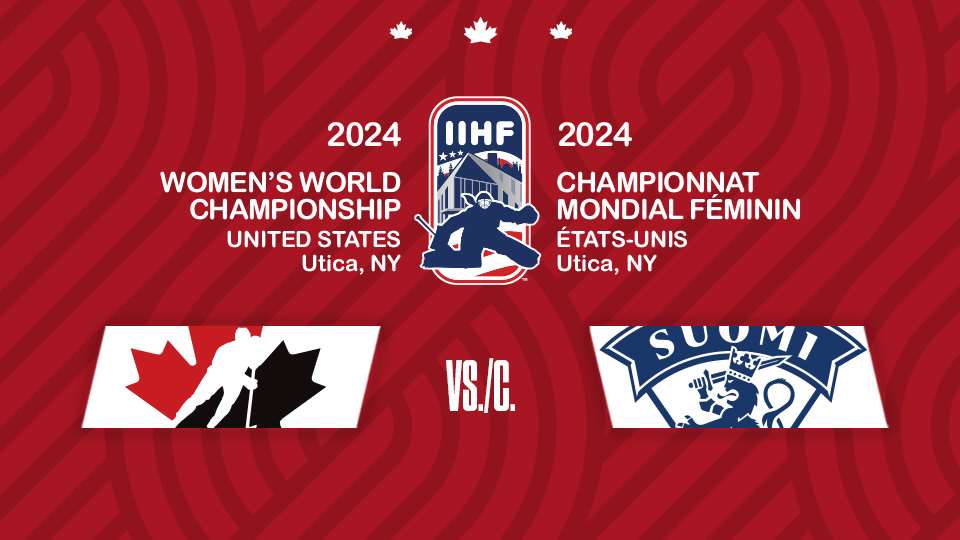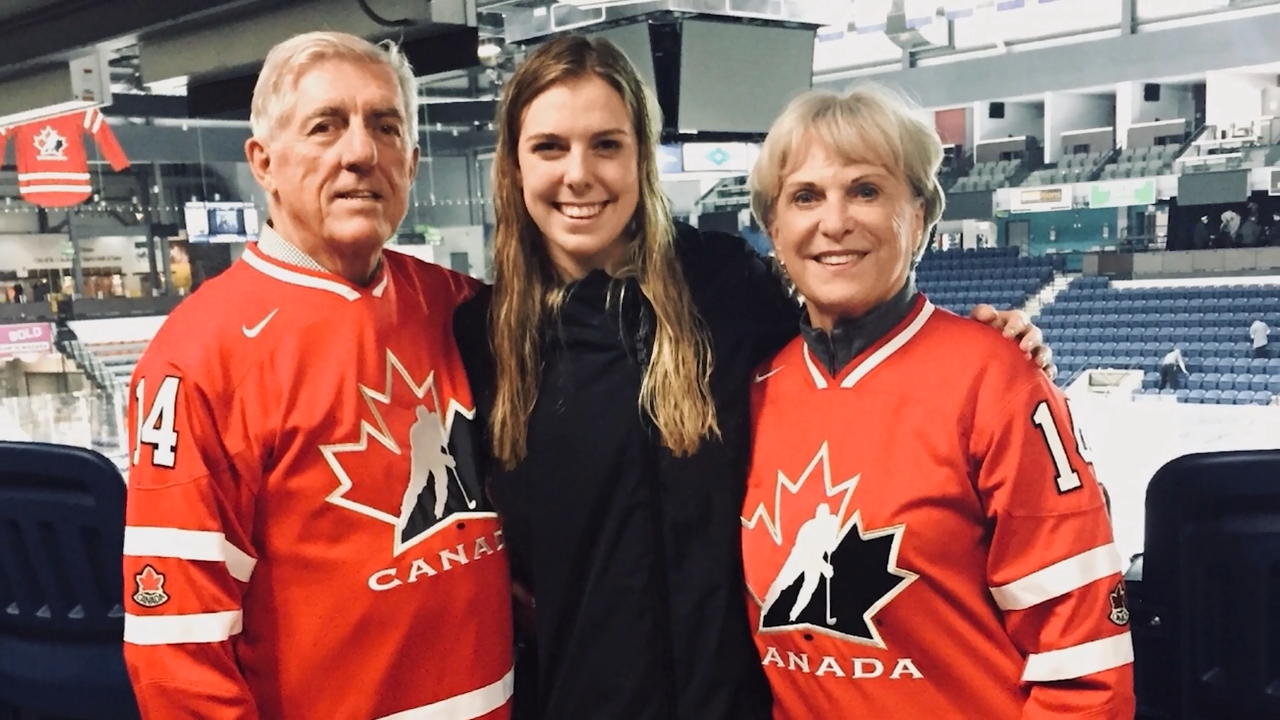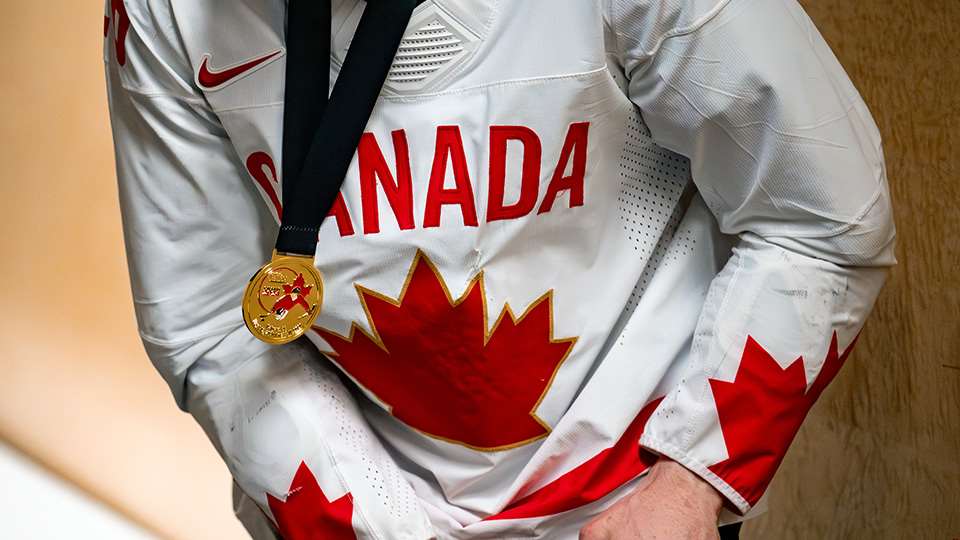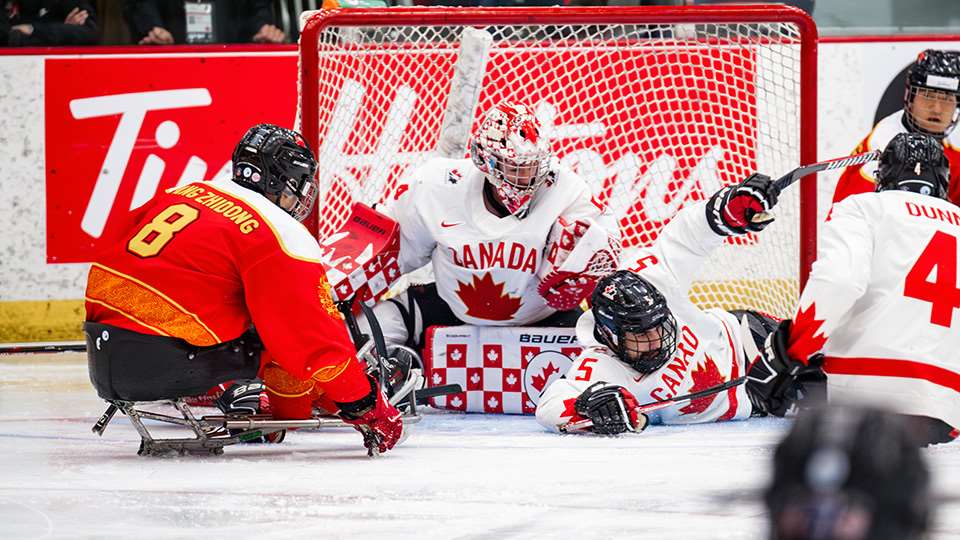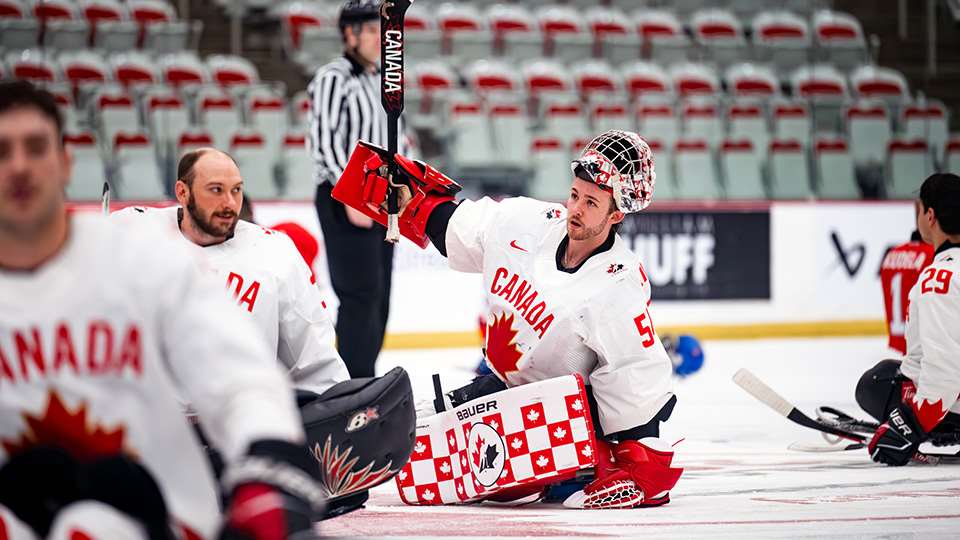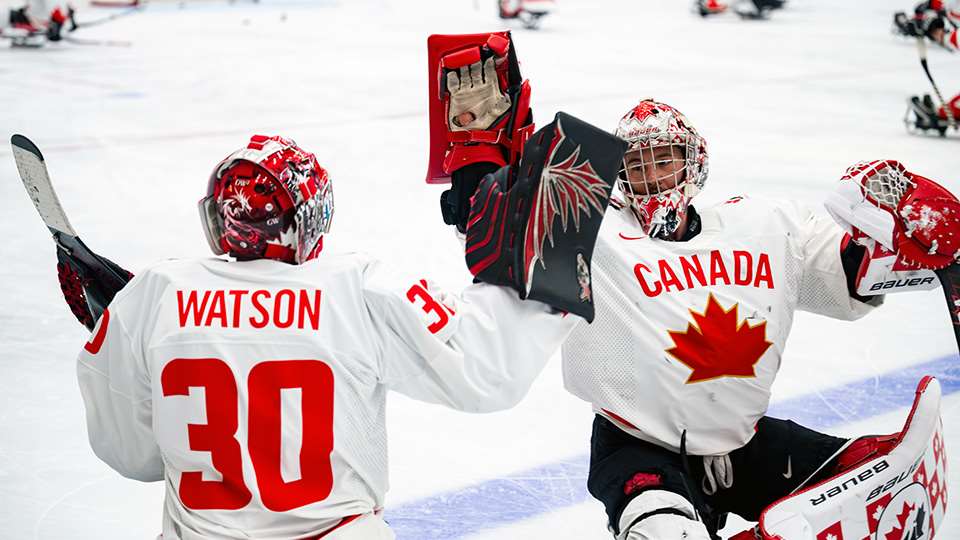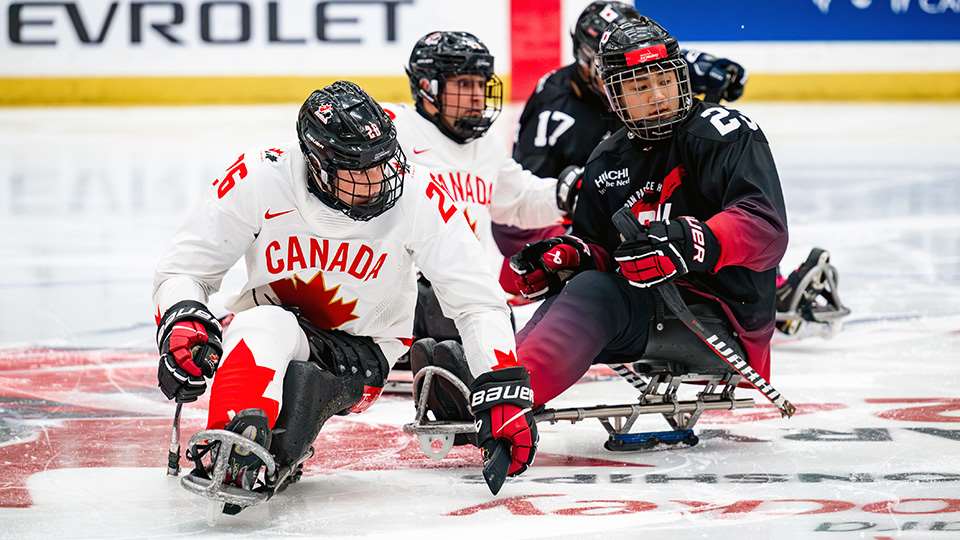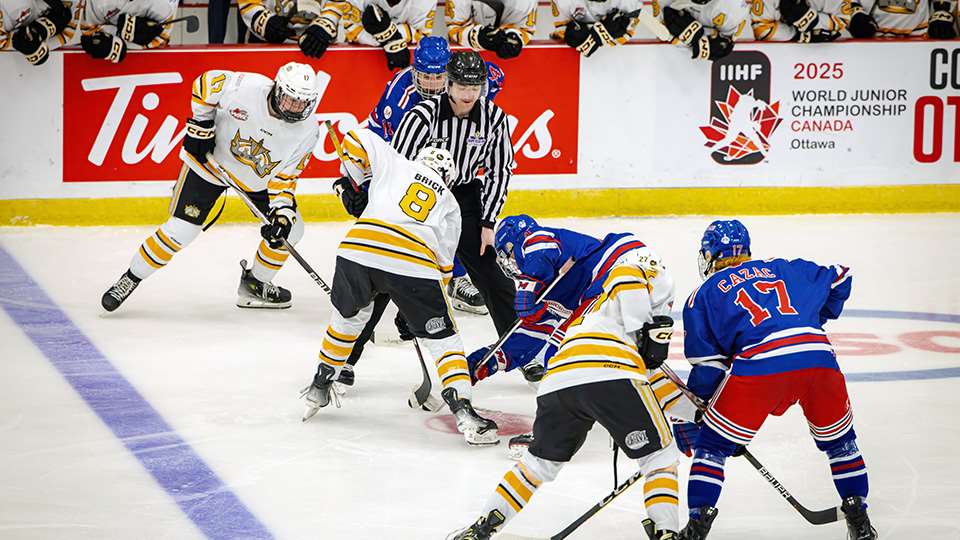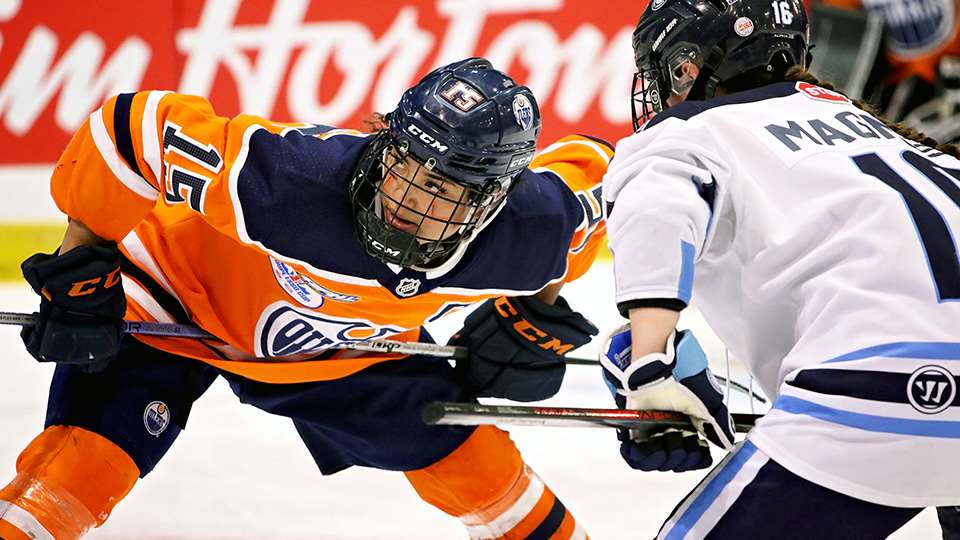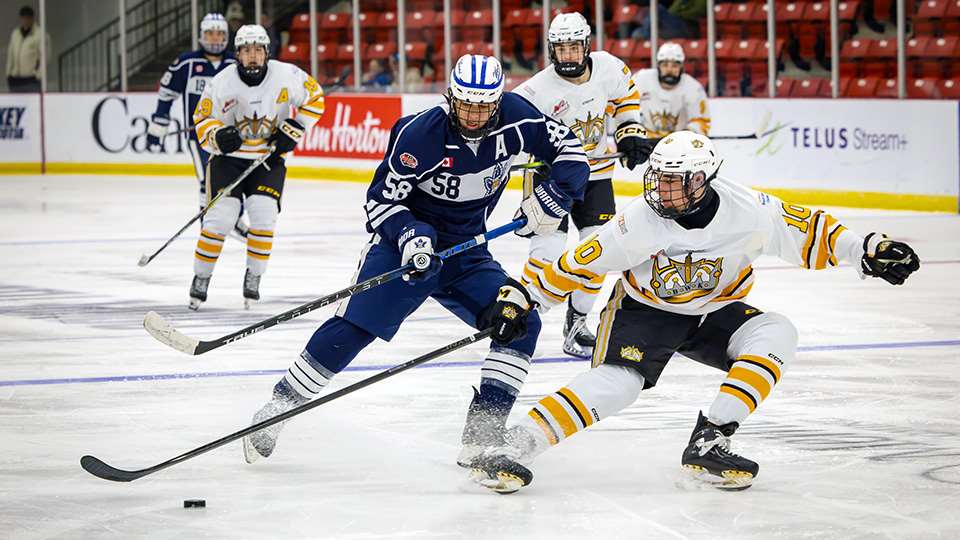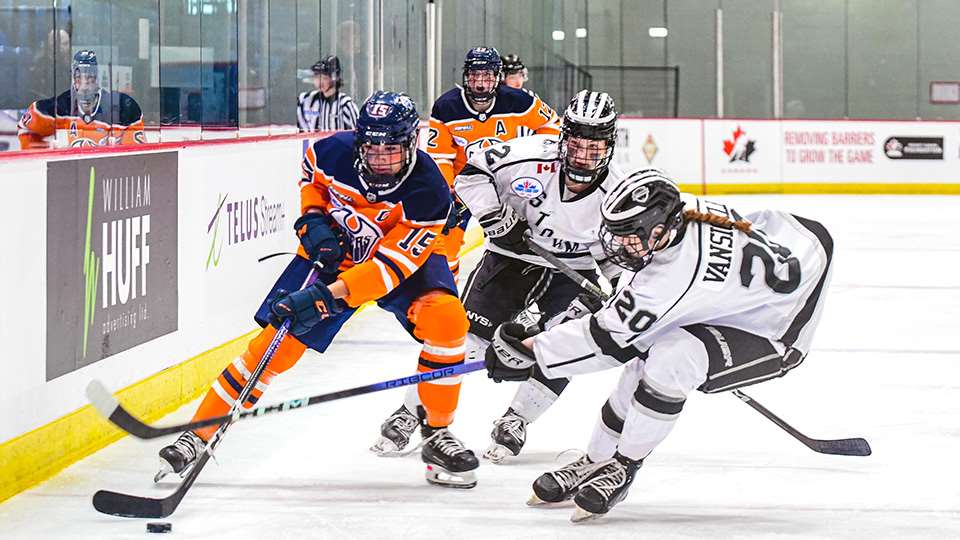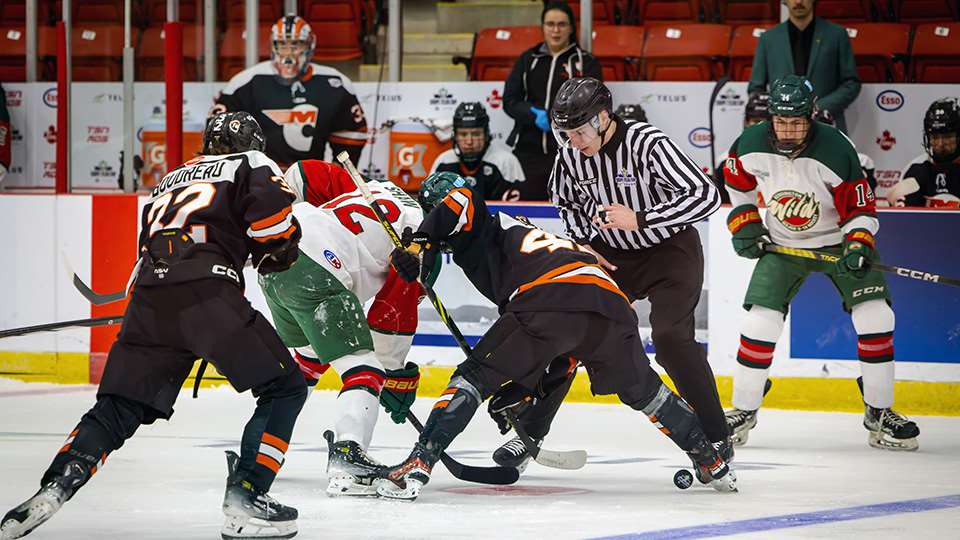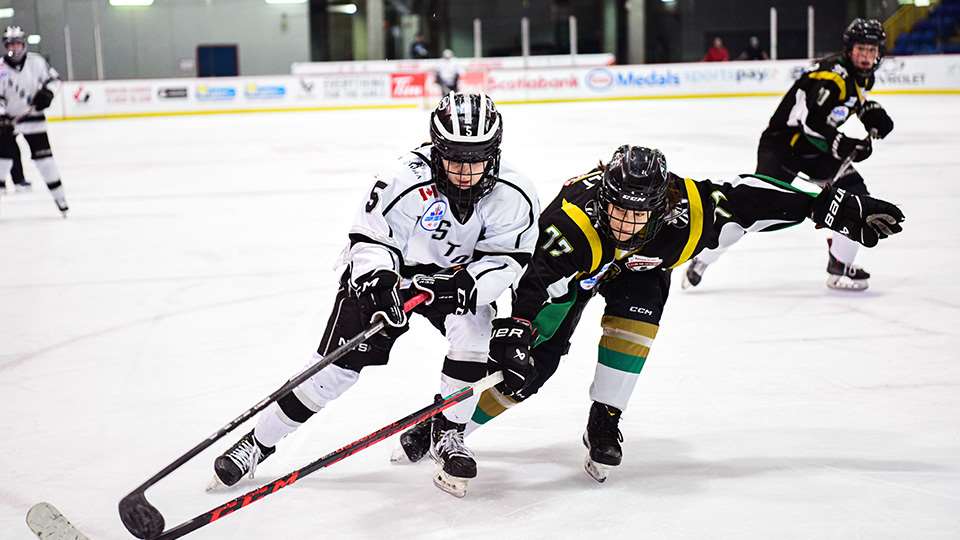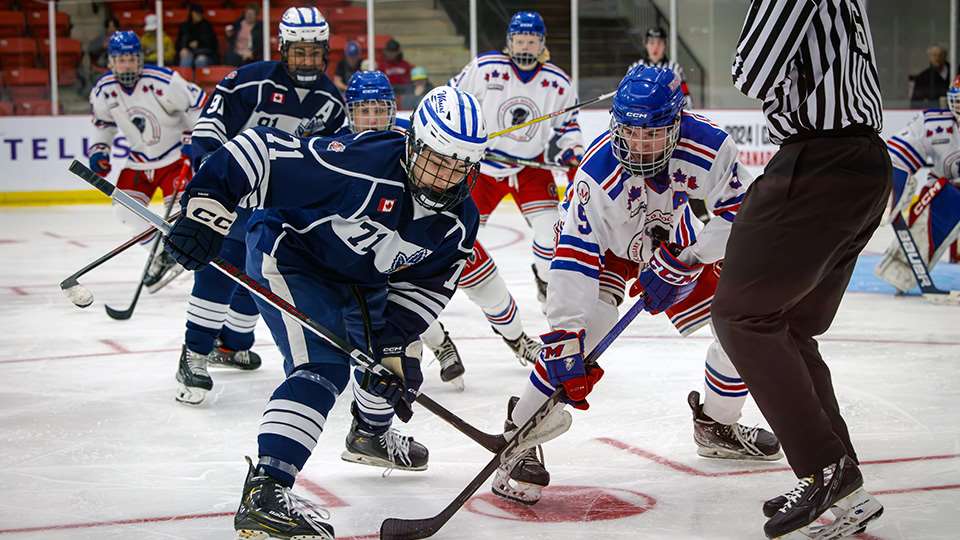
Schedule
Team Canada (Men)
Hlinka Gretzky Cup | Aug. 5-10, 2024
U17 World Challenge | Nov. 3-9, 2024
World Junior A Hockey Challenge | Dec. 10-17, 2023
IIHF World Junior Championship | Dec. 26, 2024-Jan. 5, 2025
Spengler Cup | Dec. 26-31, 2023
IIHF U18 World Championship | April 25-May 5, 2024
IIHF World Championship | May 10-26, 2024
Search
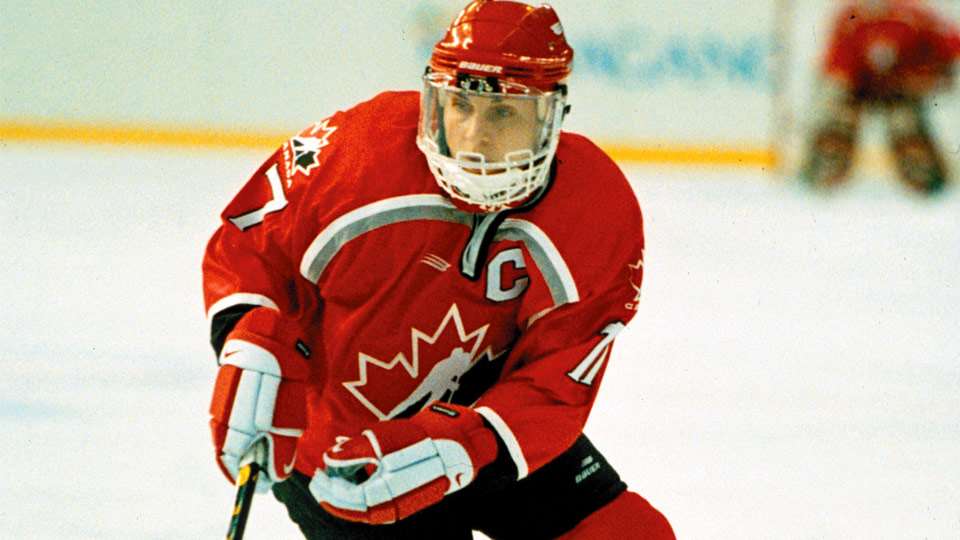
The path of a pioneer
With Team Canada on the ice in Moncton, it’s an opportunity for New Brunswick native Stacy Wilson to reminisce about her unique journey through the game

When the puck drops in Moncton to continue the Rivalry Series, there will be a venerable set of eyes in attendance.
Her presence at the game might be fairly anonymous to many, as time has distanced her acclaim and impact on the current generation.
But what transpires on the ice between Canada and the United States is undoubtedly a tangible reflection of her courage and contribution to women’s hockey years before.
This is especially true in the Maritimes, where Stacy Wilson was born, raised and learned to play the game at a time when girls not only had to skate with the boys exclusively, but also navigate through social barriers and chauvinistic attitudes.
“I was the only girl for a number of years,” says Wilson, a native of Salisbury (a 30-minute drive from Moncton) and now a resident of nearby Saint Louis, N.B.
“I consider myself very lucky though. It seemed like a natural thing for me because all my friends were playing.”
In 1973, Wilson asked her parents if she could join those friends – mostly boys at that time in the area – and sign up for hockey. With a brother already involved in the game the answer was affirmative.
As the first girl to play in Salisbury and the only one on the team, she surprisingly felt little resistance and was encouraged by not only her parents, but the coach, local hockey association and town.
“It didn’t seem like a big deal to me, although I know it was,” says Wilson, 54. “As I’ve looked back at things over time it’s kind of unusual. But what I did at the time, it didn’t feel like that.”
Sure there were snide comments from other parents and players, and the dressing room logistics made for some challenges, but she persevered with aplomb.
“That was the worst part of it,” she recalls. “At the time, it didn’t matter. I was still going to play and I’m not going to let me that bother me.”
It didn’t. In fact, Wilson excelled.
“I fit right in,” she says. “I would have been considered a very good player on my team at the time.”
However, with the boys’ game getting more physical and her hockey path becoming less defined, she quit the game following her Bantam season to pursue other sports like badminton, where she represented New Brunswick twice at the Canada Games.
“It seemed like there was nowhere to go in the game. The players were getting significantly bigger than me. It just seemed like it was a dead end, so I stopped playing.”
It wasn’t an easy decision. She avoided going to the rink where her friends and former teammates continued to play that first season and her abeyance would last five years.
By the time she entered post-secondary school at Acadia University the itch to play again was too much to resist. She returned to the game and was instrumental in starting the women’s hockey program at the school.
It was a modest initiative at best early on with the team being made up of only a couple of players with the hockey skill-set and experience of Wilson, a few more that had skated previously and many first-timers.
They used old jerseys passed down from the men’s program, were designated a “club” team, endured many unsympathetic 6 a.m. practice times and fundraised to financially support the program.
“It was a Bad News Bears type of team,” Wilson says. “But it really reignited my passion.”
In addition to earning a degree in education, Wilson also helped Acadia represent Nova Scotia at the Esso Women’s National Championship in 1986 and 1987.
From there, other opportunities arose for Wilson in hockey, both provincially and internationally.
She represented Team New Brunswick several times at the Esso Women’s Nationals (1988-98), including leading the tournament in scoring her first year. Moreover, she was the most valuable player and leading scorer in the New Brunswick Senior Women's Hockey League in 1989-90.
It was a different world back then in women’s hockey, as there was full-out body-checking and the opportunities and high-level programs far fewer.
“Stacy was a bit of an outlier,” says Melody Davidson, Hockey Canada’s head scout of women’s national teams and previously one of Wilson’s coaches with Team Canada.
“She was an outstanding leader and as a school teacher back then already was in a leadership capacity. She was a fierce competitor and did whatever it took to lead or motivate her team and teammates to success.”
It was at this point Wilson started to notice a shift in attitude toward women’s hockey. This included the players themselves, who started to change in the passion and preparation they carried into the game.
“When we went to nationals it wasn’t just to go; it was to do well,” says Wilson. “Those players allowed me to see another side of the competition and a more serious side of it.”
By that time Wilson had made such an impact in the game that the international stage beckoned. She joined Canada’s National Women’s Team in 1990 and helped Team Canada to a gold medal at the inaugural IIHF World Women’s Championship in Ottawa, recording three goals and 11 points in five games.
It was a notable tournament not just because of the history it made, but also for the Canadian jerseys being pink instead of red – an eyebrow raiser for sure, but one Wilson says didn’t diminish the luster of nationalism.
“It was a dream come true,” she says. “We were disappointed they weren’t red. But we didn’t care as long as the Maple Leaf is on it and we were representing our country.”
Over the next eight years, she would play for Team Canada in a variety of international competitions including women’s worlds gold in 1992, 1994 and 1997. Her career culminated when she captained Canada to a silver medal at the 1998 Olympic Winter Games in Nagano.
“It was an experience that I’ll cherish forever. I was very fortunate to have had the chance.”
Wilson retired after Nagano to pursue other interests in hockey, including serving as an assistant coach at the University of Minnesota-Duluth for five seasons, and another three as head coach at Bowdoin College in Maine.
She’s also authored a book entitled The Hockey Book for Girls and has been acknowledged for her contributions to the game by the Acadia Sports Hall of Fame and New Brunswick Sports Hall of Fame.
“Stacy went through what we all went through back then and it’s all paying off now,” says Davidson. “It’s the reason the (women’s) game is where it’s at right now.”
“I’m sure she’ll take pride in the fact that her playing and leadership are part of the reason that they’re playing in Moncton and got our program to such a high level.”
As for the Rivalry Series game in her hometown, Wilson doesn’t feel matriarchal about it, but rather excited for the chance for those involved and for the Maritimes to be one of the locations chosen to host it.
“I’m really looking forward to it,” she says. “I got my tickets a while ago. It’s always a great game between Canada and U.S.”
For more information: |
- <
- >

















